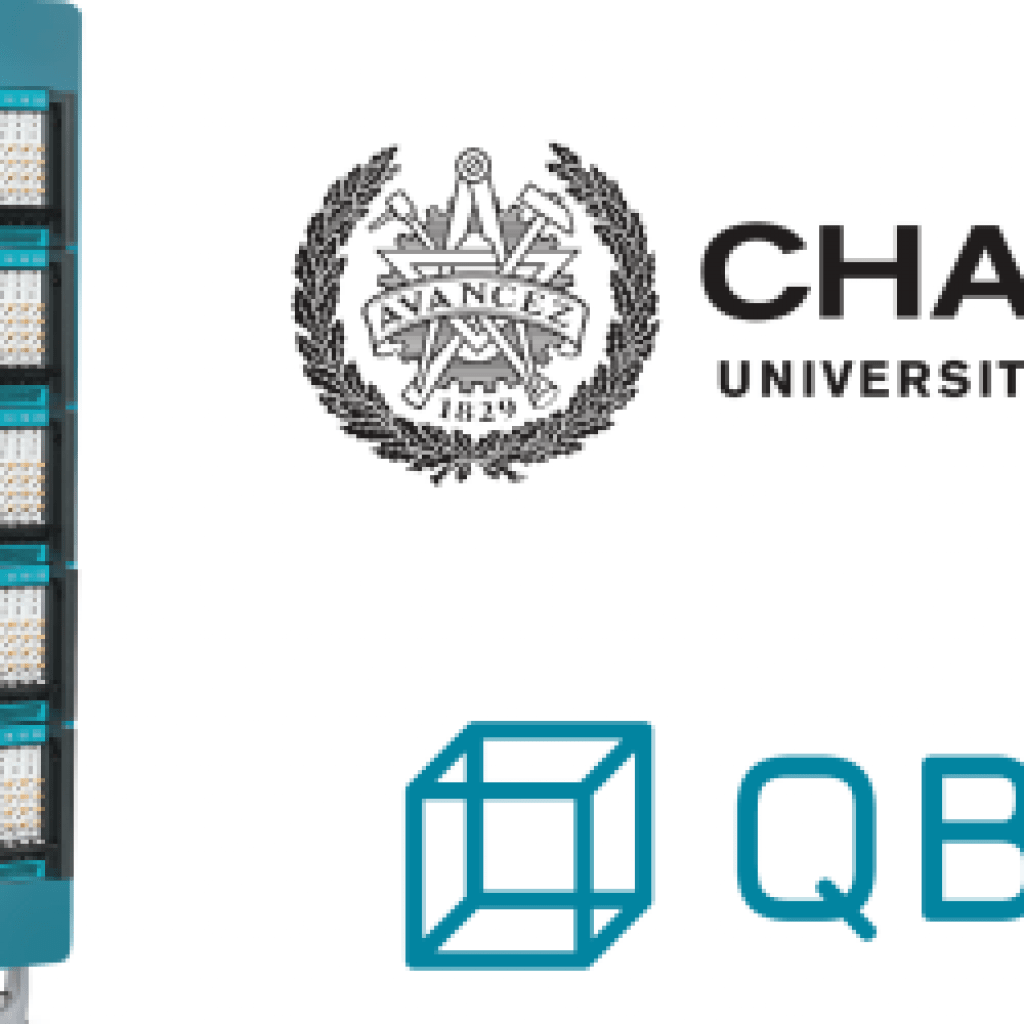(Sponsored from QBlox) In the Quantum Technology Lab (QTL) of Chalmers University, the mission to create their first 20-qubit processor began in 2018, spearheaded by Dr Giovanna Tancredi with Prof Jonas Bylander and Prof Per Delsing. This processors’ purpose is to solve problems far beyond the capabilities of any available supercomputer. The QTL quantum processor will be based on superconducting circuits, a widely-used technology for quantum computing.
In order to effectively exploit a 20-qubit quantum computer, the QTL decided to procure robust and scalable control and readout electronics. Following a thorough tendering process between various well-known competitors from around the world, the procurement contract has been awarded to Qblox because of its ability to surpass the requested technical requirements and its ability in scaling up in the future.
The Qblox control stack comprises a fully-integrated system providing all software and hardware components to control and readout their quantum device. The new Cluster RF modules were launched at the APS March Meeting 2021:
- Qubit control is managed by the QCM-RF module, which directly outputs RF signals in the range of 2-18.5 GHz. It integrates 6 AWG’s capable of generating complex baseband signals, two LO’s, and two IQ mixers. The module can self-calibrate its IQ mixer skewness, amplitude imbalance and LO leakage.
- Qubit readout is performed by the QRM-RF module which includes LO’s, mixers, 6 AWGs pulse generators and digitizers for multiplexed readout in the range of 2 – 18.5 GHz. The QRM has advanced binning and averaging capabilities and can store up to 131072 IQ measurement results in a single experimental run.
The goal to further the reach of this scalable technology is one that Qblox CEO Niels Bultink speaks eagerly about, saying, “My dream is that you don’t have to care about the hardware that is used for your quantum algorithm. To get there, we need to make a distinction between the layers that have to be platform-specific and the ones that are not. Ideally, we have the most specific hardware at the lower end of the stack. We are keen to work with software developers to find smart ways of realising this type of architecture.” The Qblox fully-integrated control stack comprises dedicated and modular electronics developed in Delft, The Netherlands, backed by the European Innovation Council (Horizon 2020).
Qblox CEO Niels Bultink
